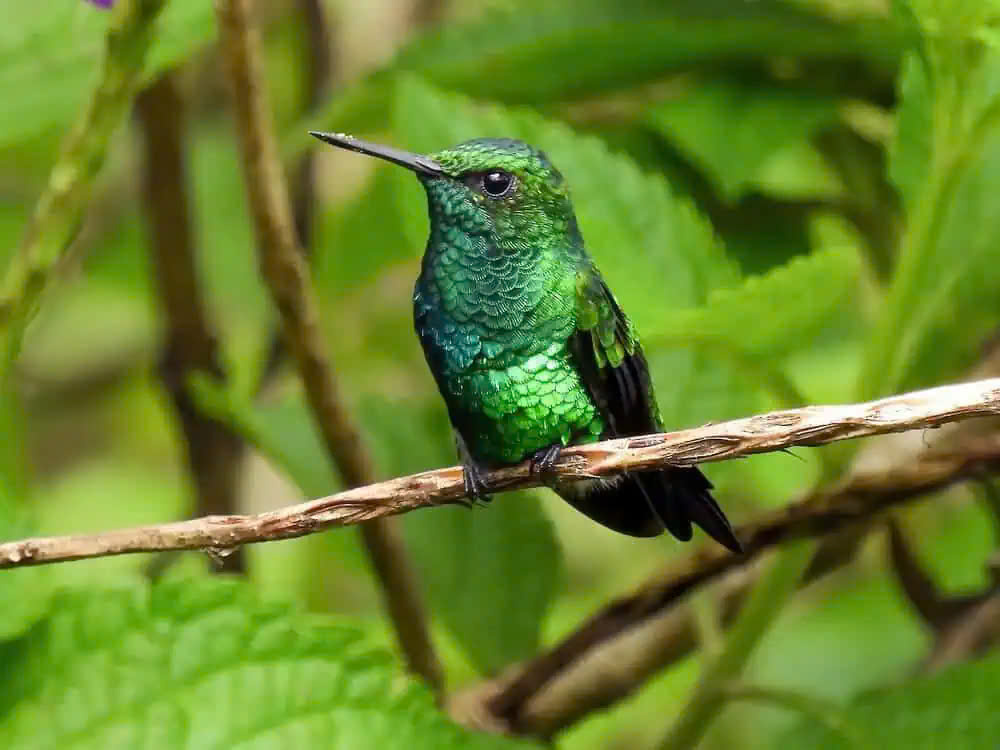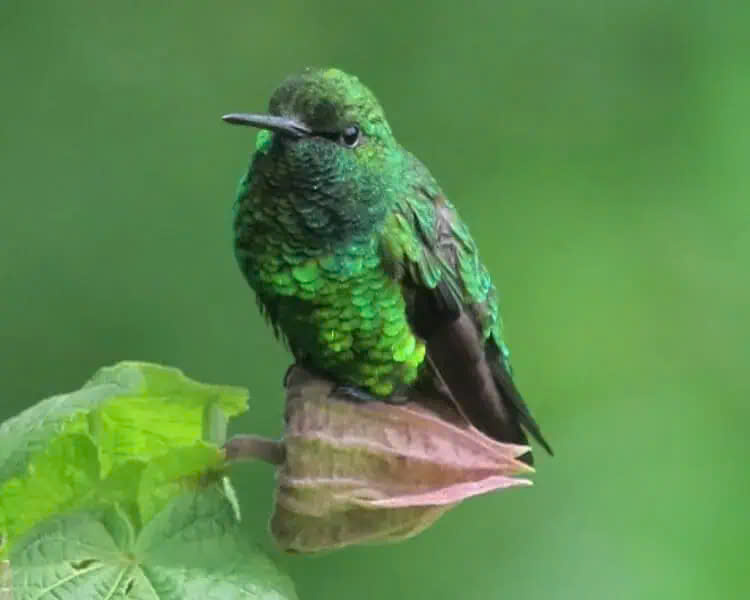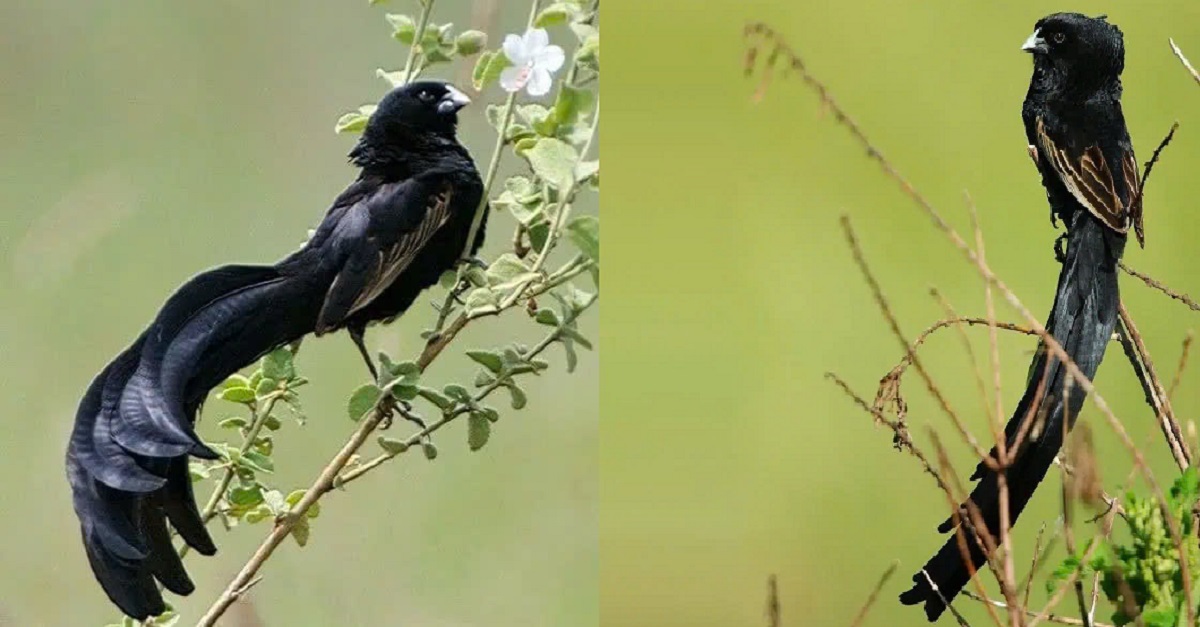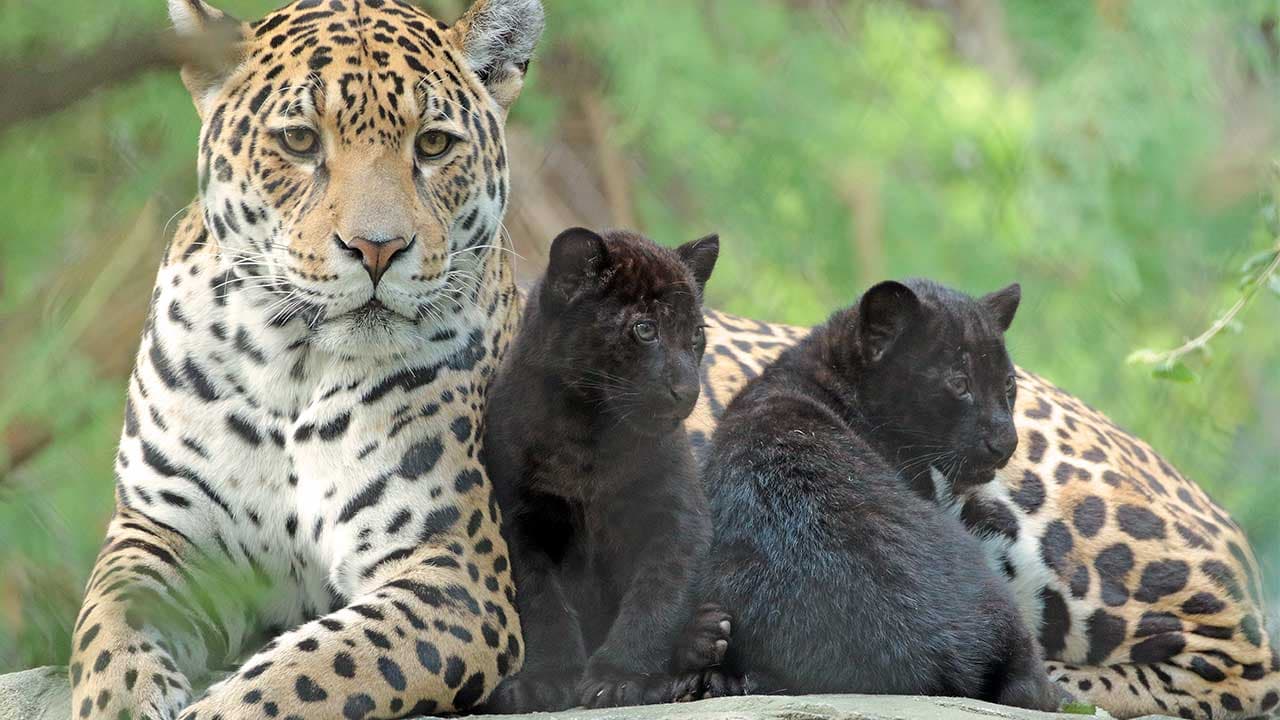The emerald hummingbird, a small yet stunning species, is a rare sight often found in secondary forests, gardens, and along forest edges.
Appearance:
The garden emerald measures between 7.8 to 8.5 cm (3.1 to 3.3 in) in length and weighs around 3 to 4.1 g (0.11 to 0.14 oz). Adult males boast a dark metallic green plumage with slightly bluish-green tones on the upper tail coverts. Their deeply forked tails exhibit a striking blue-black color with a pale green sheen, while the underside shimmers with bright metallic green, sometimes tinged with light blue, accompanied by a tuft of white feathers on the thighs.

Females, on the other hand, display fresh green to bronze-green feathers on their upper parts, bluish-green upper tail coverts, and tails that blend blue-black and metallic green, ending in pale gray tips.
Distribution:
Scientifically named Chlorostilbon assimilis, this emerald species belongs to the Trochilini tribe in the hummingbird subfamily Trochilinae. Its range primarily includes southwestern Costa Rica, the Pacific coast of Panama, and nearby islands such as Coiba and the Pearl Archipelago.

Habitat Preferences:
The garden emerald thrives in open areas like forest edges, hedges, streamside thickets, scrublands, and gardens, typically in lowland regions. In Costa Rica, they are found from sea level up to 1,500 meters (4,900 ft), and in Panama, their range extends to 1,200 meters (3,900 ft).
Diet:
This hummingbird forages for nectar following a “trap-line” pattern, visiting various flowering trees, shrubs, and plants. They also supplement their diet with tiny insects found on vegetation.
Breeding Behavior:
In Panama, the breeding season of the garden emerald seems to span from November to March. While specific details about their nesting, incubation, and fledging remain unclear, researchers believe their habits resemble those of other Chlorostilbon species.

Behavioral Patterns:
Generally sedentary, this bird may migrate between mainland Panama and nearby islands, including the Pearl Archipelago.
Vocalizations:
Little is known about the garden emerald’s vocalizations, but they are thought to resemble those of Canivet’s emerald (Cynanthus canivetii), which produces a repetitive, raspy “tseee tseeree” call, accompanied by dry, raspy “chut” or “chit” notes, sometimes forming soft, intermittent chatter.

Conservation Status:
The International Union for Conservation of Nature (IUCN) classifies the garden emerald as a species of Least Concern, with an estimated population exceeding 50,000 mature individuals. The population appears stable, with no direct threats identified. Interestingly, this adaptable species might expand its range as more forests are cleared, favoring human-created habitats.















